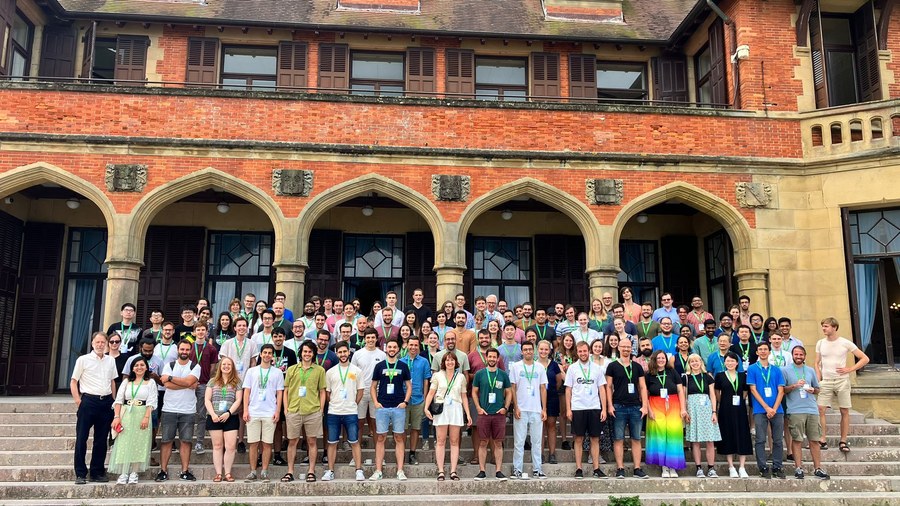Schools

Every year DIPC hosts several scientific schools on different hot topics as a way to build up high-quality training for the new generations of researchers. Master and PhD students, as well as other young researchers from all over the world, are regular attendants of the Schools.
Upcoming Schools
Topological Matter School 2026 (TMS26)
Maia G. Vergniory (DIPC, Université de Sherbrooke, Canada), Reyes Calvo (BC Materials), Santiago Blanco-Canosa (DIPC, Ikerbasque), Adolfo Grushin (DIPC, Ikerbasque), Alexander Altland (University of Cologne), Julen Ibañez Azpiroz (CFM, Ikerbasque)
2026/08/17 - 2026/08/21 | Miramar Palace, Donostia / San Sebastián
Many-body quantum simulations with long ion strings
Manoj Kumar Joshi
12:00 | DIPC Josebe Olarra Seminar Room
Building the next generation of computational tools for quantum many-body problems
James LeBlanc
12:00 | DIPC Josebe Olarra Seminar Room
Correlated phases and quantum geometry in twisted WSe2
Daniel Muñoz-Segovia
12:00 | DIPC Josebe Olarra Seminar Room

